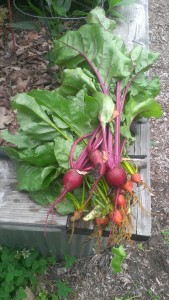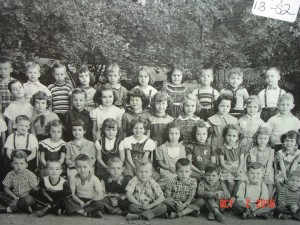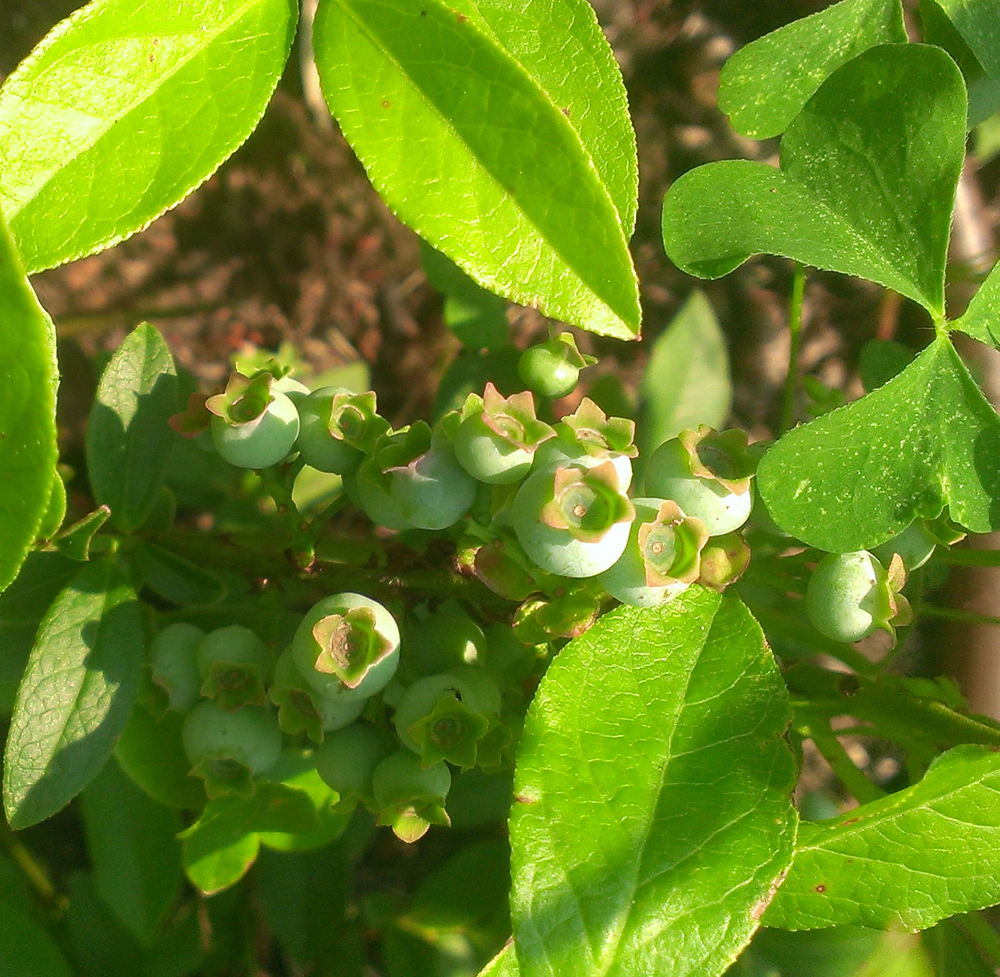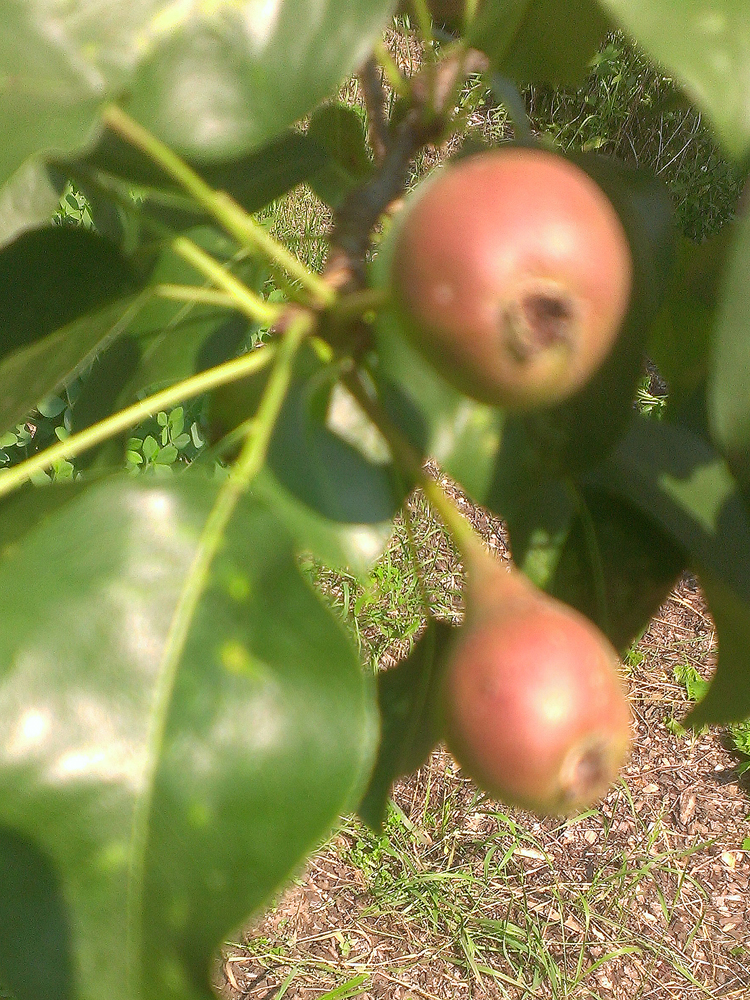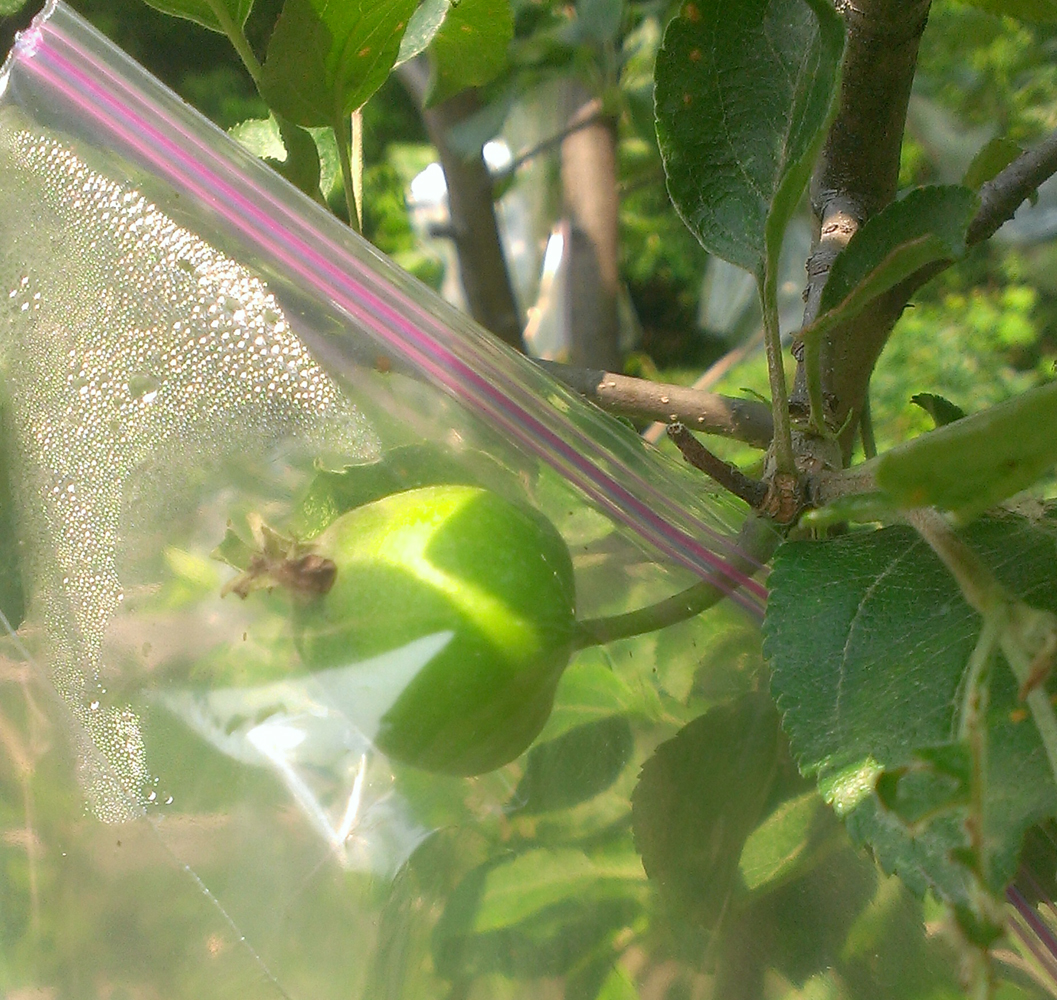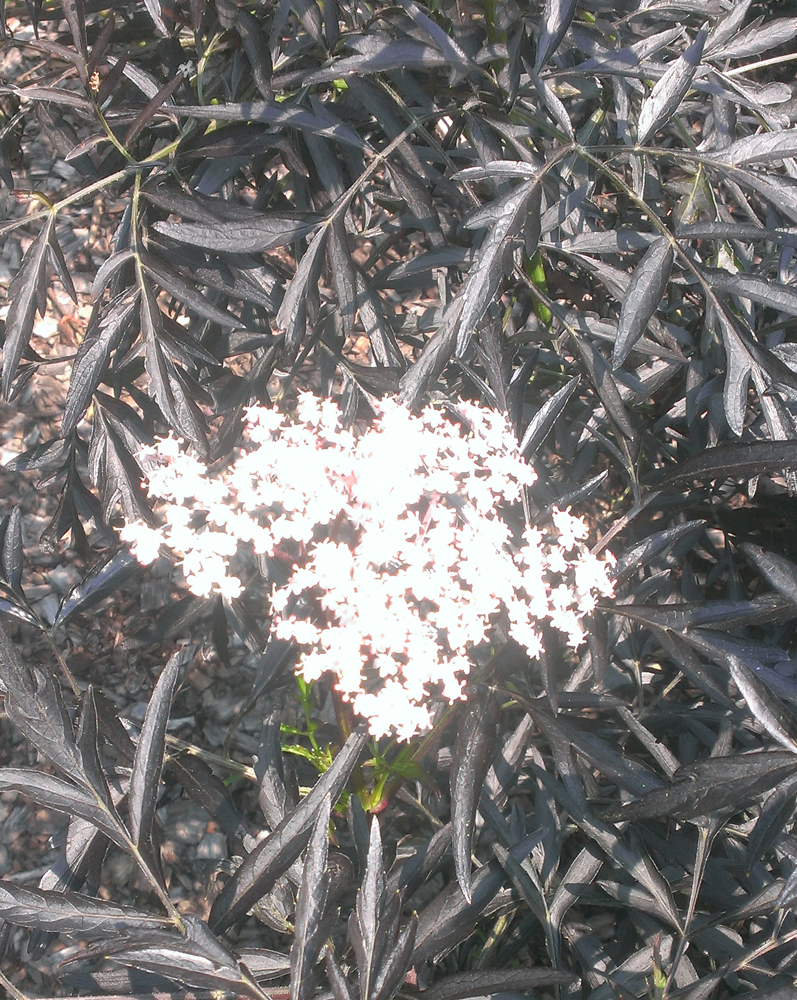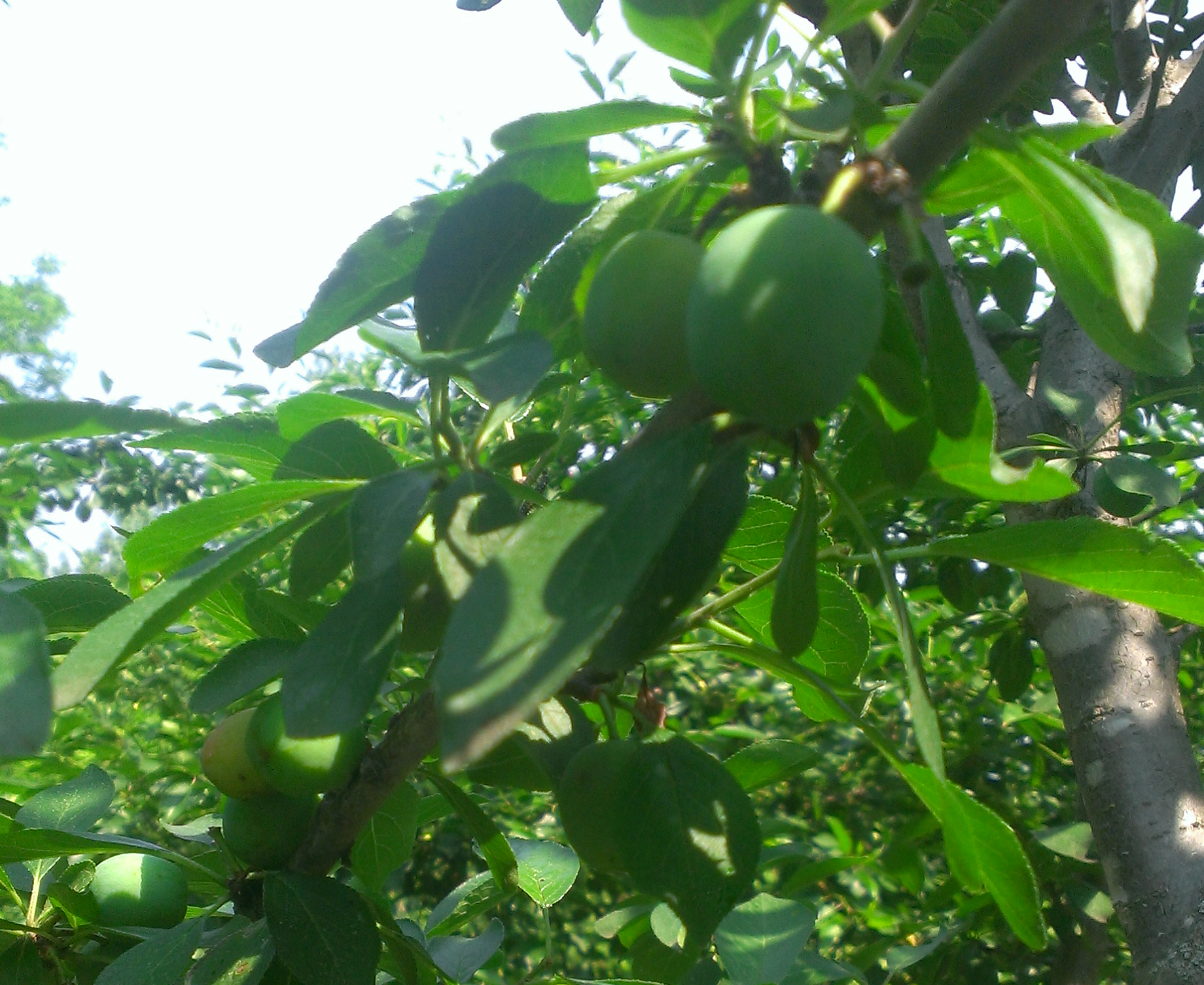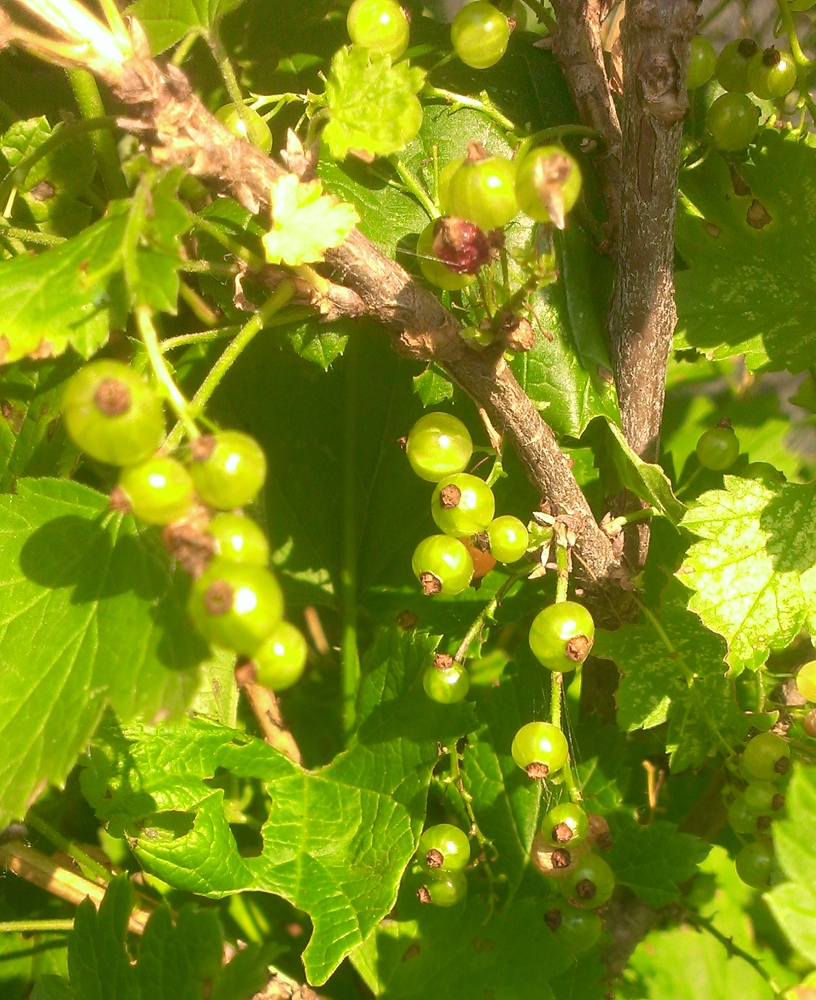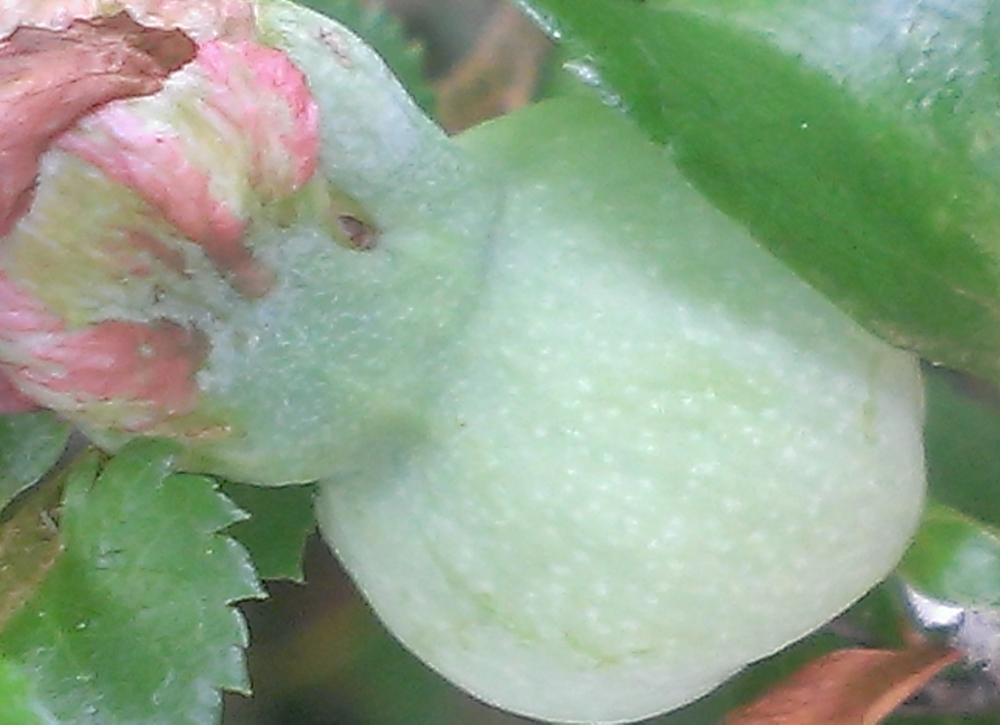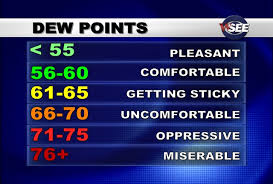Summer New (First Harvest) Moon
When we installed the landscaping, we asked for low maintenance. I still remember 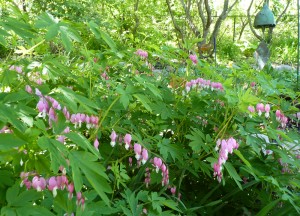 the skeptical look on Merle’s face. “Well, I can make it lower maintenance, but there’s no such thing as no maintenance.” In those first years I deadheaded, sprayed Miracle Gro, pruned the roses and planted a few bulbs.
the skeptical look on Merle’s face. “Well, I can make it lower maintenance, but there’s no such thing as no maintenance.” In those first years I deadheaded, sprayed Miracle Gro, pruned the roses and planted a few bulbs.
Gradually, the land drew me in and I got more interested in perennials of all kinds bulbs, corms, tubers and root stock. Fall became (and remains) a ritual of planting perennials, most often bulbs. Fall finds me on a kneeler, making my prayer not to the Virgin Mary but to the decidedly unvirgin earth. Receive these my gifts and nourish them. And yes, I agree to help raise them.
Kate always planted a few vegetables but at some point we merged interests and expanded our vegetable garden. That was when organic gardening, permaculture and 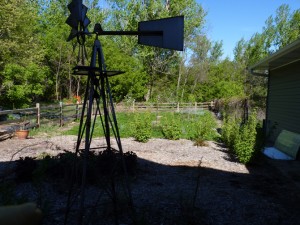 now biodynamics began to interest us. We futz around using some organic ideas like compost and integrated pest management, some permaculture design with plant guilds and productive spaces closest to the building that supports them and now some biodynamics (or whatever the right term is).
now biodynamics began to interest us. We futz around using some organic ideas like compost and integrated pest management, some permaculture design with plant guilds and productive spaces closest to the building that supports them and now some biodynamics (or whatever the right term is).
As I understand it, biodynamics works to produce the highest nutrient value in food by moving the soil towards sustainable fertility. This requires applications of various kinds of chemicals, yes, but in such a way as to increase the soil’s capacity to grow healthy, nutritious food and to do that in a way that maintains the soil’s fertility from year to year.
This is very different from modern ag which has a take it out and put it back approach to soil nutrients. In that approach modern ag focuses on nutrients that produce crops good for harvest and the farmer and food company’s economics, not the end consumer’s dietary needs. Biodynamics works at a subtler level, looking at the whole package of rare earths and other minerals necessary for healthy plants and the kind of soil conditions that optimize the plants capacity to access them.
Today I did a nutrient drench called Perk-Up. A nutrient drench goes onto the soil and 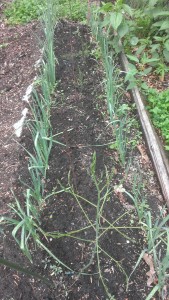 encourages optimal soil conditions, a large proportion is liquified fish oil and protein. I also sprayed on the leaves and stalks of all the reproductively focused vegetables a product called brix blaster which encourages the plants to focus their energy on producing flowers and fruit.
encourages optimal soil conditions, a large proportion is liquified fish oil and protein. I also sprayed on the leaves and stalks of all the reproductively focused vegetables a product called brix blaster which encourages the plants to focus their energy on producing flowers and fruit.
The whole vegetable garden got Perk-up. The reproductive vegetables in our garden are: tomatillos, tomatoes, eggplant, peppers, sugar snap peas, cucumbers and, for some reason, carrots plus all the fruits. I only sprayed the vegetables since the strawberries have just finished bearing and I haven’t decided whether or not to spray the orchard this year. Since I made up more than I needed, I also sprayed all the lilies which are heading into their prime blooming weeks just now, plus a few other miscellaneous flowers blooming or about to bloom.
Tomorrow I will spray another product that encourages vegetative growth on the appropriate vegetables: kale, onions, chard, beets, garlic and leeks.
This year my overall goal has been to jump up a level in the production of vegetables, increasing both quantity and quality without increasing the area planted. Next year I’ll continue what I already think is a successful program for them and expand to the fruits and, maybe, at least some of the flowers.
As I’ve said elsewhere, horticulture is a language and it takes time to learn. The plants and the soil speak to me all the time. I’ve had to immerse myself in a lot of different disciplines to learn their language. I’m not a native speaker, nor am I completely fluent but I’m well past the beginner stage.

